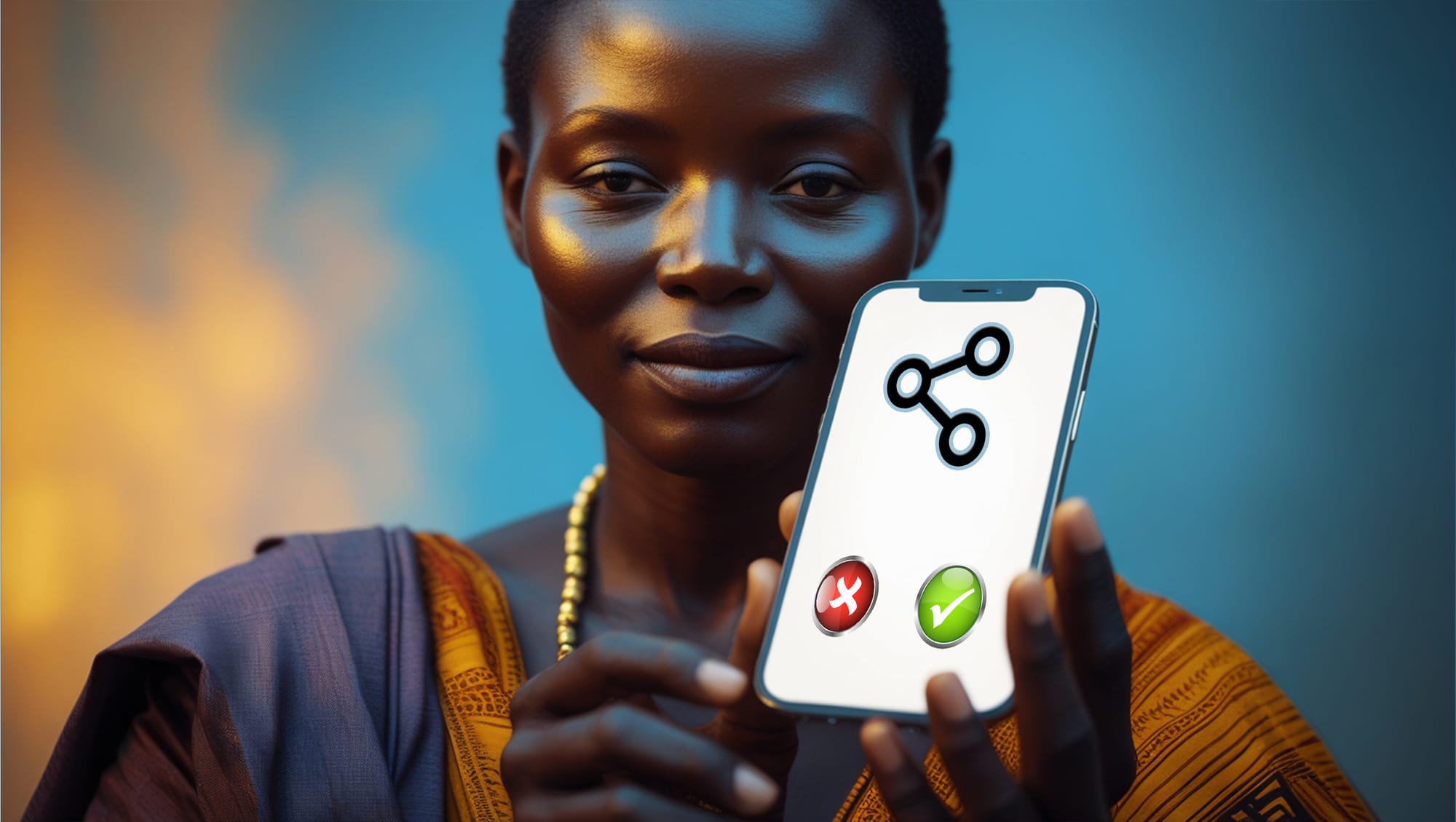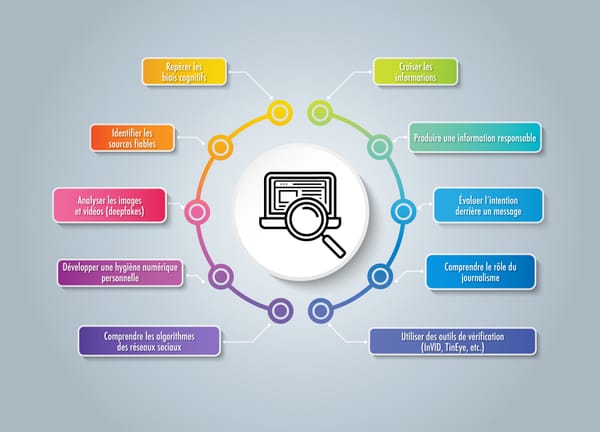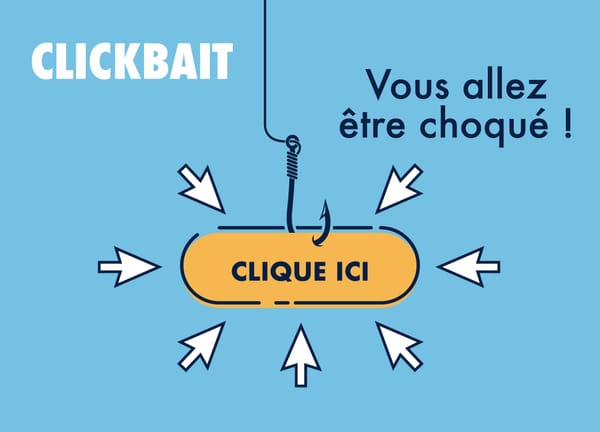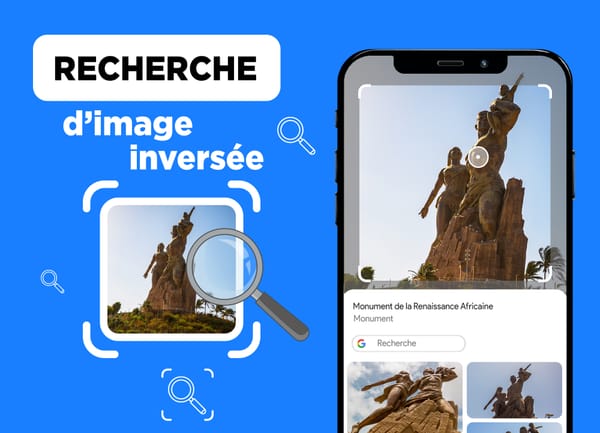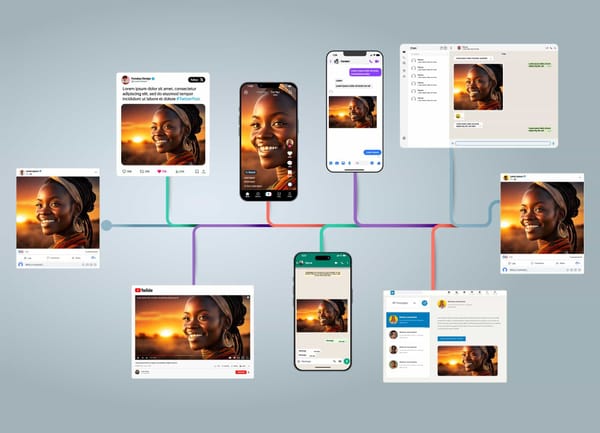In the social media era, a political analyst (having eight years of experience) is a political pawn or an opportunist, while a simple user of social networks which reports on all his declarations, is considered an investigation journalist and a political power.
Likewise, a doctoral student is a sold with Big Pharma, while a podcastor with a single microphone represents the war against Big Pharma. This information overload makes access to exact information and reliable sources is increasingly difficult. Now, anyone with a large number of subscribers or who shares viral messages becomes a source of truth.
Here are some tips to recognize whether a content creator or a blogger provides exact information:
- When a blogger uses the conditional in each of his statements, this testifies to a lack of clarity.
The use of the conditional marks a desire not to embark on the words for which it is used. The facts when stated in this form should not be considered truthful. In the event of distribution of false information with full knowledge of the facts, the individual who uses the conditional protects himself from any accusation using this uncompromising form.
- Another flaw to be careful is the assertion of "studies/statistics show" without providing the link to the study in question.
If the institutions/people who carried out the study are not cited either or that the archives where the study cited are poorly referenced, it is also suspicious. This highlights, that no archive on which the study rests, can be found or referenced. The content creator certainly affects an affirmation that he found elsewhere and which is probably not true.
- Another alarm signal, the systematic use of vague words, approximate figures and undeclared locations.
A creator who is not faithful to the figures mentioned, which indicates the exact place without providing concrete and verifiable information can be held responsible for the dissemination of erroneous information. For example: "An airplane crashed somewhere in Malawi, killing around 200 to 1000 people": it is a fairly vague declaration which indicates neither the airline nor the type of plane or the exact place in the Malawi of the incident more, the number of dead indicated is too approximate, we must therefore be wary.
- It is also necessary to be wary of the titles "clickbait": "leaked documents", "intimate photos disclosed", "Breaking News!" , "The truth that the media hide you".
These titles have one thing in common: they strongly control the way in which the information is presented and play on the feelings of the readers. The choice of words is excessively sensational, emotional or deceptive and it often has an emergency character. When a content/blogger creator systematically presents titles of this nature, he is often looking for virality, he broadcasts propaganda or fake news or even conspiracy theses. In any case, he does not act in the interest of readers or the general public.
- Another example, when a creator systematically uses images and videos generated by the AI to account for an supposedly real event, this shows that he does not have information, sequences and first -hand images and that he should not be given too much credibility.
- Conversely, when any blog, reports particular information and other reliable sources do not report, this can also alert you to the nature of the information.
- Also, you must question the motivations and affiliations of the blogs you follow.
If we examine their affiliations and motivations, we realize that certain blogs and press organs are affiliated with certain groups or certain personalities. These links influence their content and lead them to omit or add information selectively. These blogs whose content is biased or deceptive, often sell a candidate Ouun product, promote a program or try to influence opinions rather than informing the general public.
• Finally, check the history of creators of disinformation content.
Some content creators and bloggers already have a disinformator past by having disseminated fake news or errors that they did not bother to recognize or correct. This type of media loses any form of credibility and should not be considered as a reliable transmitter. The verification of images and videos can also be facilitated by Google Lens or the search for inverted images of Tineye.
Everyone has their share of responsibility to make an internet safer. Fake news spreads widely because people share and rest content without checking the facts. It is the responsibility of all users and content creators to ensure the safety of the Internet. Disinformation has already triggered violence that destroyed lives and have even been able to take it.

